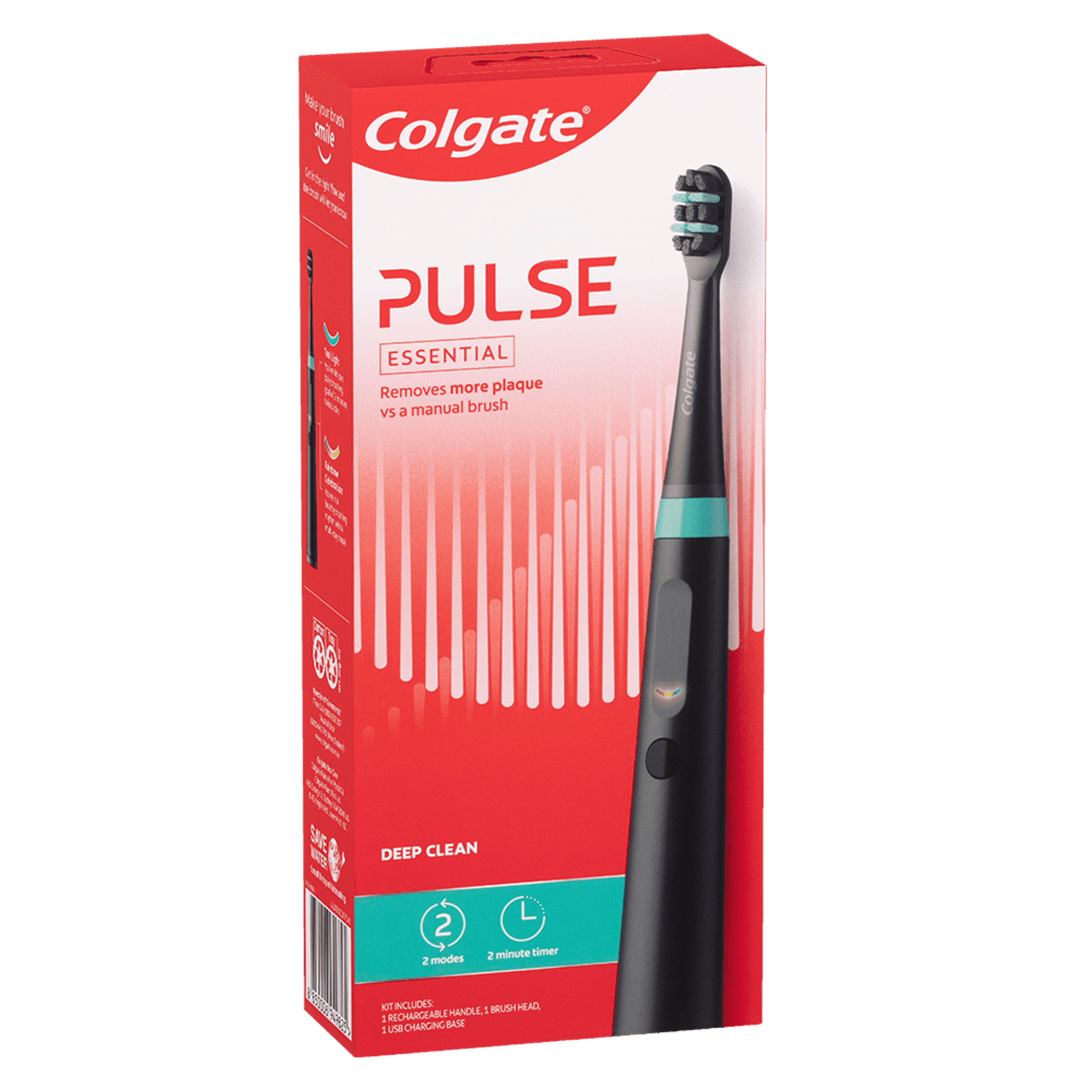-
-

BRUSHING & FLOSSING
How to BrushWhat Is the Right Way to Brush?
Proper brushing takes at least two minutes — that's right, 120 seconds!...

BRUSHING & FLOSSING
How To FlossWhat is the Right Way to Floss?
Proper flossing removes plaque and food particles in places where a toothbrush cannot easily reach... -
Science & Innovation
- Colgate® | Toothpaste, Toothbrushes & Oral Care Resources
- Oral Health
- Is Flossing Hard? Interdental Brushes May Be The Answer


According to Better Health, cleaning in between the teeth and around the gumline is essential for maintaining good oral health and preventing gum disease. However, many people are reluctant or unable to use dental floss.
Interdental brushes offer a practical, easy-to-use alternative to flossing.
What Are Interdental Brushes?
Interdental brushes have very small heads with wire-bound bristles, designed to fit in the gaps between your teeth. Some have small handles or grips, while others have longer handles for people with limited dexterity.
Choosing An Interdental Brush
Interdental brushes come in a range of sizes. You should choose a size that comfortably fills the space between your teeth without needing to be forced, so that you can achieve a thorough clean without damaging your gums.
If the spaces between your teeth vary in size, you might need to use different brush sizes in different areas of your mouth.
Caring For Your Interdental Brush
Most interdental brushes can be used multiple times. However, they should be rinsed between after cleaning each tooth or gap to avoid transferring bacteria, and they should be cleaned thoroughly between uses just like your toothbrush.
When the bristles appear worn or the wire is bent, it’s time to replace your interdental brush with a new one.
Who Might Benefit From Interdental Brushing?
Some people are unable or unwilling to use dental floss. Reasons may include:
Limited mobility. Some people find that they’re unable to use dental floss due to joint problems, injury or mobility issues in the hands. The very young and the elderly may find flossing particularly difficult due to limited dexterity. In these cases, people often find interdental brushes easier to manoeuvre.
Braces. Good oral care is more important than ever during orthodontic treatment, but traditional braces prevent dental floss from reaching between the teeth. To remove food debris and plaque when you’re wearing braces, Australian Dental Association (ADA) recommends using interdental brushes to work around the wires and brackets.
Large spaces. If you have large interdental spaces, uneven tooth surfaces, or receding gums, dental floss may not be able to fill and clean the gaps properly. If this is the case, the ADA recommends using an appropriately sized interdental brush instead to remove food particles and plaque.
Dislike or discomfort. Some people simply don’t like to floss! Whether you find it difficult or uncomfortable, or you just don’t want to do it, interdental brushes may be the simple, hassle-free alternative you’ve been looking for.
Whatever your reason for steering clear of dental floss, your oral health doesn’t have to suffer. If you’re considering adding interdental brushing to your daily routine, speak to your dentist for advice about choosing the right brush for you.
Related Articles
This article is intended to promote understanding of and knowledge about general oral health topics. It is not intended to be a substitute for professional advice, diagnosis or treatment. Always seek the advice of your dentist or other qualified healthcare provider with any questions you may have regarding a medical condition or treatment.
Related Products

Helping dental professionals
More professionals across the world trust Colgate. Find resources, products, and information to give your patients a healthier future











